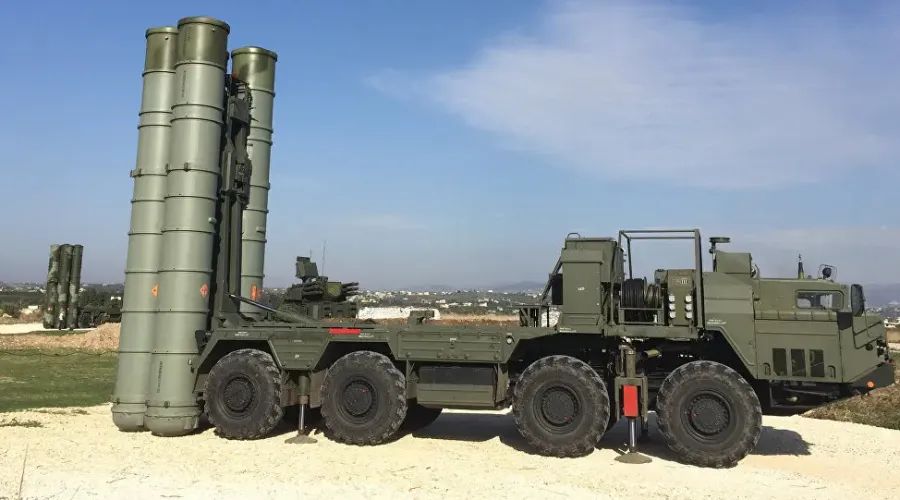
China Questions S-400 Capabilities After India’s Success
India’s deployment of the Russian-made S-400 Triumf air defense system during Operation Sindoor has stirred considerable concern among Chinese military analysts. The system, which reportedly played a decisive role in neutralizing Pakistani aerial assets, including claims of downing a Saab 2000 Erieye AEW&C at over 300 km range, has showcased capabilities that Beijing never witnessed in its own version.
The unexpected success of India’s system, especially its performance in real combat conditions against drones and potential missile threats, has triggered speculation in China’s defense research circles. The core of their suspicion lies in the stark differences between the Indian and Chinese versions of the S-400, despite both being sourced from Russia.
Russia Accused of Supplying a Stripped-Down Version to China
Chinese analysts now believe that Russia may have intentionally delivered a downgraded version of the S-400 to China as part of its export control strategy. According to defense insiders, the system supplied to China is suspected to be missing key functionalities — particularly certain radar modes and long-range targeting algorithms — which are reportedly active in the Indian variant.
Some Chinese experts have even suggested the presence of “kill switches” in the exported S-400 systems, embedded by Russia to prevent reverse engineering or unauthorized modifications. These security features may be designed to disable or limit core functions in the event of technological misuse or rising hostilities between buyer and seller countries.
China’s attempts to access blocked capabilities within the system have, according to reports, been unsuccessful. This has led to growing frustration, given the substantial $3 billion invested in the system back in 2014.
Strategic Fallout and Future of Sino-Russian Military Ties
The revelation has sparked wider debate in Chinese strategic circles about the reliability of foreign-sourced military hardware. With rising tensions along the Indo-China border and increased emphasis on advanced air defense systems, any asymmetry in technological edge could prove critical in future standoffs.
The situation might further push China to accelerate its development of indigenous air defense alternatives, such as the HQ-22 and HQ-19 systems, or explore deeper military ties with other nations to bridge the perceived technology gap.
Meanwhile, for India, the S-400’s effectiveness has added to its confidence in integrated air defense preparedness. The successful integration of the S-400 into India’s air defense matrix not only strengthens its deterrence against Pakistan but also sends a signal to other regional actors monitoring its strategic posture.
As India and China continue to maneuver for supremacy in Asia, the unequal capabilities of a common weapons platform may well tilt both battlefield preparedness and defense diplomacy in unexpected ways.


















